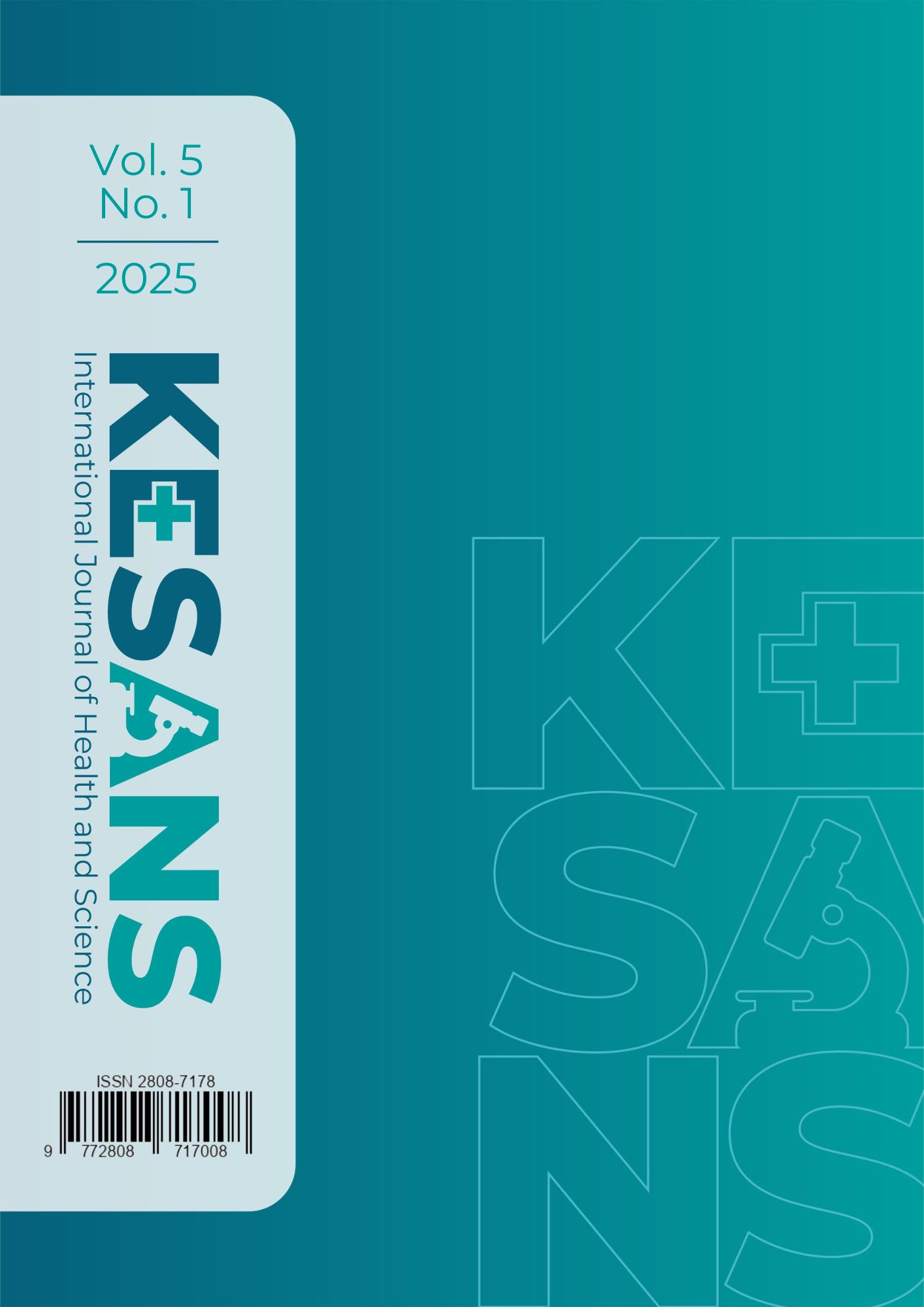Effectiveness of Cryotherapy on the Physical Recovery Process of Boccia Athletes with Cerebral Palsy Spastic
DOI:
https://doi.org/10.54543/kesans.v5i1.467Keywords:
Cryotherapy, Cerebral Palsy Spastic, Boccia, Physical RecoveryAbstract
Introduction: Cerebral palsy (CP) is a non-progressive neuromotor disorder that causes increased muscle tone and impaired motor control, thus affecting functional ability and participation in adaptive sports such as Boccia. One of the main challenges in athletes with spastic cerebral palsy is the slow recovery of muscles due to spasms and fatigue. Cryotherapy is used in rehabilitation to lower spasticity, but scientific evidence on Boccia athletes is still limited. Objective: this study was to analyze the effectiveness of cryotherapy on the physical recovery process in Boccia athletes with spastic cerebral palsy. Methods: Pre–post experimental research without a control group in 18 Boccia athletes aged 18–35 years. Local cryotherapy is administered to the extremities for four weeks with a frequency of three times per week. Measurements were made using the Modified Ashworth Scale (MAS), hand-held dynamometer, and Borg Rating of Perceived Exertion (RPE). Results and Discussion: Results showed a 26% decrease in muscle tone, a 14% increase in muscle strength, and a 15% decrease in fatigue perception after cryotherapy. Physiologically, this effect is related to decreased stretch reflex activity and increased neuromuscular efficiency due to local vasoconstriction and slowing down of nerve conduction. Conclusion: Cryotherapy effectively accelerates the physical recovery of Boccia athletes with spastic CP through improvements in muscle tone, strength, and fatigue.
Downloads
Published
How to Cite
Issue
Section
Citation Check
License
Copyright (c) 2025 Rico Anandri S, Umi Budi Rahayu, Suryo Saputra Perdana

This work is licensed under a Creative Commons Attribution-ShareAlike 4.0 International License.





















